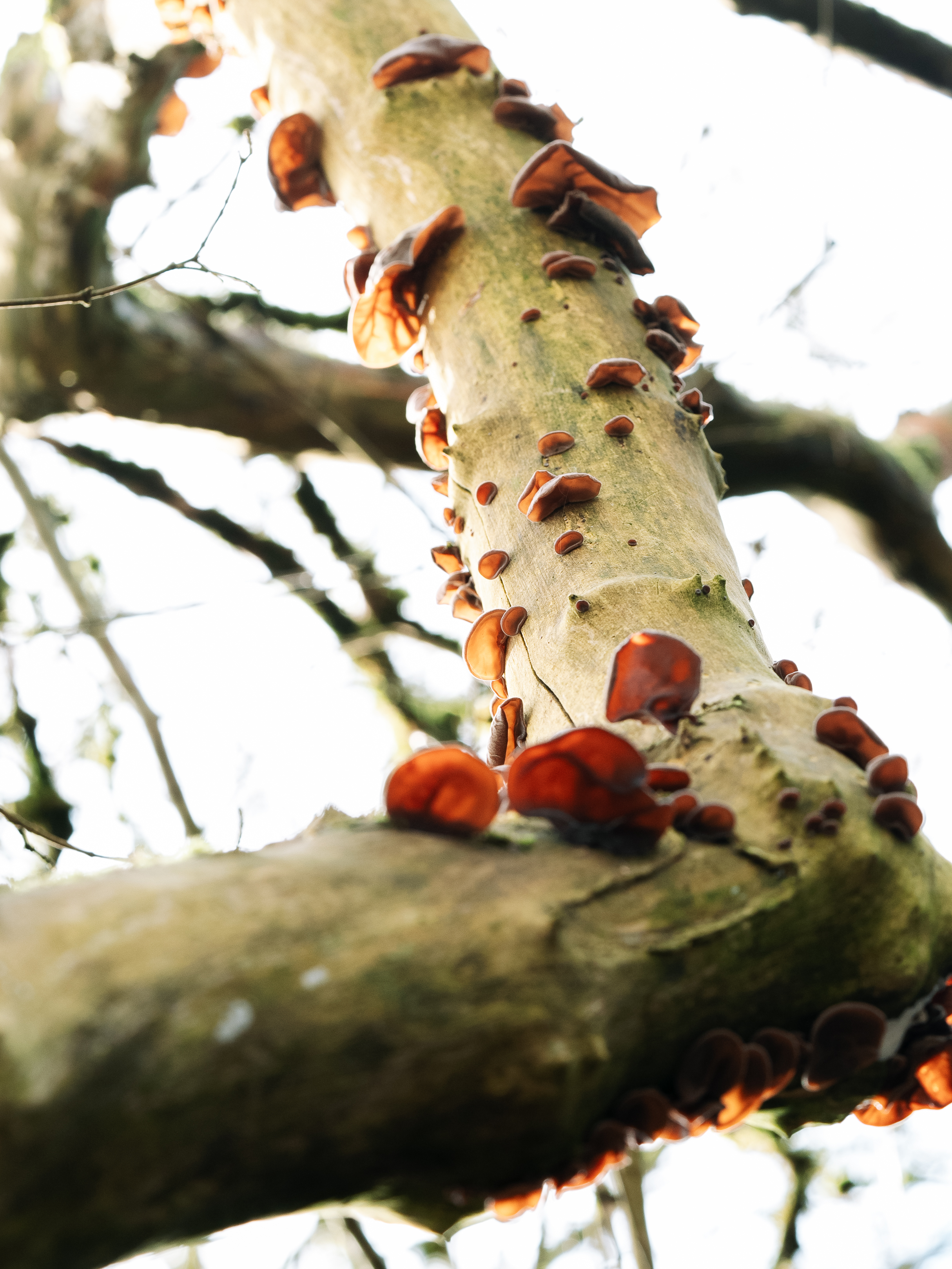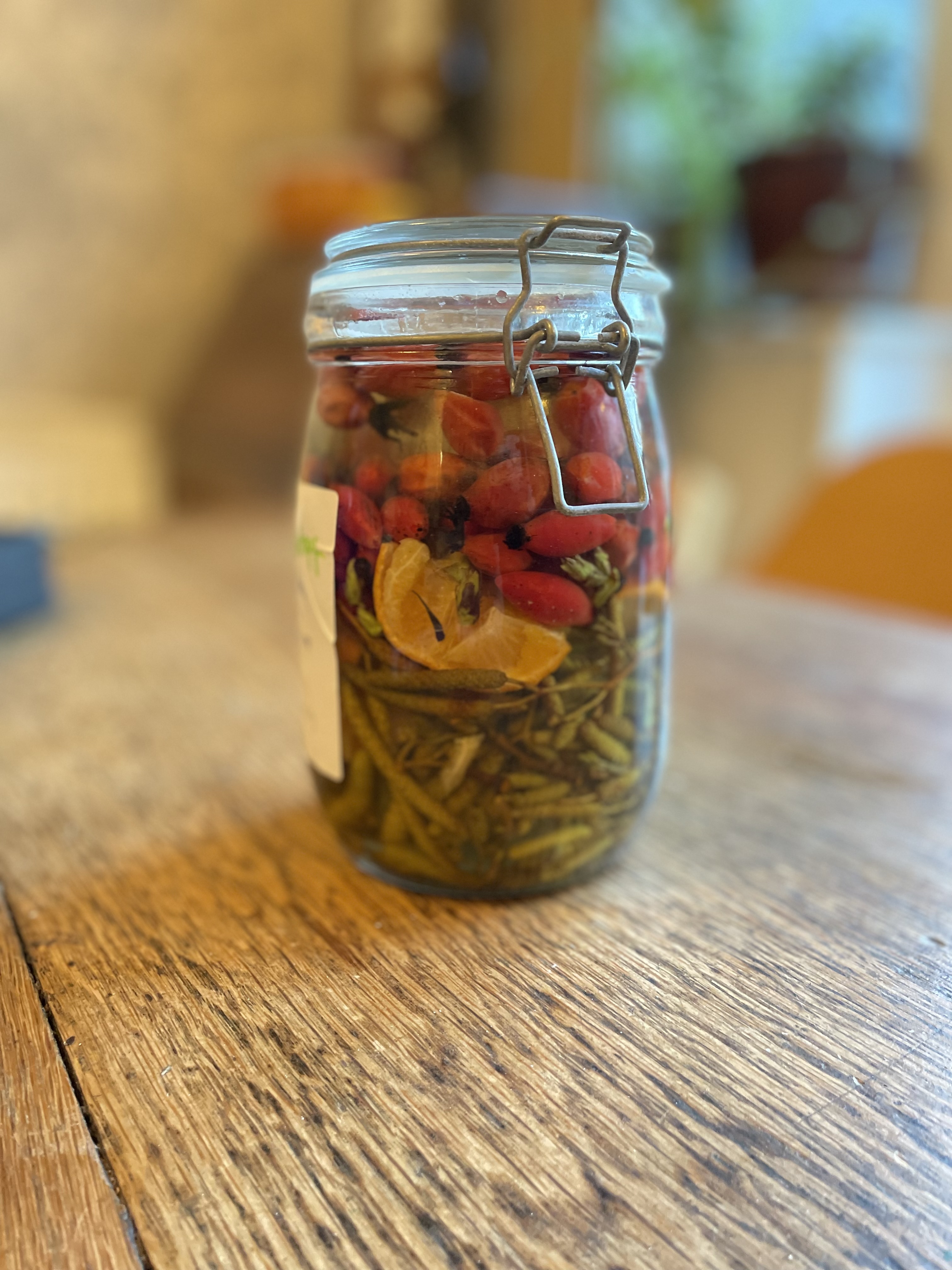
Looking For Soul Food And A Place To Eat
It is a pleasure to admit that I am actually having a pretty good time at the moment. Life is pretty sweet. My personal relationships, work and physical health are all in decent nick, and (therefore, I guess) my mental health is in as good a state as I can remember.
I’ve not always been able to say that though. The last few years have been a real struggle for the old brainbox. From starting a business during the COVID pandemic to the pressures of supporting my young family, I really suffered with anxiety-led depression and, whilst I’ve never struggled talking about it - I think a poorly head should be discussed in the same manner we would a broken bone or violent stomach bug, if only to remove any sort of stigma let alone seek help - some sort of ‘happy place’ has been a long time coming.
Don’t worry though, Schadenfreudists: whilst the above paragraph is generally in the past tense, I am always prone to a bout of the darkness and the proverbial black dog dragging me out of bed in the morning. What has become easier, mercifully, is spotting the approach of a rough patch on the horizon and, more crucially, I now have the most excellent means to see it off again.
My method? Well, no surprises here given the website you are likely reading this on, but a life now committed - both professionally and personally - to the simply joyous pastime of foraging means that nature has become my healer. My medicine. My therapist. Whilst I pine for the longer, balmier days of early summer, I can still bask in the great outdoors even in these chillier months, knowing it is doing me the world of good for both my physical and mental health. It’s almost a cliche to say so nowadays, but time in nature is a real tonic for the screen-led indoor life we generally tend to lead. There’s no secret to it, it just takes putting your boots on.
To foraging then, and how that specific discipline of getting-outside-ism can nurture the soul, even when the days are shorter and colder. It might feel like a period of dormancy, but (as my winter foraging event attendees will attest to) there is still plenty to find, with some species even thriving in the harsher weather. Culinary mushrooms such as velvet shanks, oyster mushrooms and scarlet elf cups can all be found on a frosty morning stroll, and all add big mushroomy flavours to steaming bowls of winter stew. Add to that the first tender shoots of species such as cleavers, hairy bittercress and cow parsley, which are probably at their optimum stage, and there is still plenty of opportunity to fill our baskets and bellies.
(That’s all jolly exciting, but obviously care needs to be taken when identifying any wild food for the pot, so please do plenty of research first or find your nearest friendly foraging tutor to show you the ropes.)
It would be easy to reel off a long list of winter wild food staples, but there are many wonderful resources providing information on what you can and can’t eat at this time of year, so I will refrain. Instead, I would like to encourage you to keep your eyes peeled for something you can recognise confidently (even the humble stinging nettle would do) and permit yourself to go looking for it somewhat aimlessly. Generally, whatever you find can be brought home and lightly fried in some oil for a cracking toast-topper, but that’s really not the point. What I mean by that is to adopt that old adage, the one concerning the distinction between the journey and the destination. It doesn’t actually matter if you don’t find any wild food on your weekend walks. What matters is the adventure and permitting yourself to get a bit caught up in the care-free quest of finding something nourishing in the great outdoors.
That feeling of wandering with purpose is what we are after here. It should stir something up inside us - that same feeling we had when we were kids on a treasure hunt, only now the frantic edge of youthful enthusiasm is replaced by an embrace of the peace, tranquility and calmness that a wood, field or beach might offer a grown-up (N.B. kids need to be outside too!) with all the responsibilities, worry and pressures that comes with. Adopt a slower walking pace than you would normally, glance casually into your nearby surroundings and be ready to stop to hand-gather whatever bounty nature has provided. Along with the usual lungfuls of fresh air and endorphine hit from pumping thigh muscles, you will begin to tune into your surroundings more acutely, noticing the minutiae of individual plants and their respective interactions with their own surroundings. I’ve only ever come close to traditional meditating on a handful of occasions but I’ve no need to fret about that, as this level of disengaging my brain on an almost daily basis helps me unwind, with all the going concerns of a standard day taking a bit of a backseat whilst my focus is almost entirely committed to the ancient practice of selecting my own food from the wild.
For those of you who may think this a bit of a leap into hippiedom (welcome aboard - the more the merrier!), take a moment to think more practically about what is going on here. Through concentrating on each individual specimen going into your tupperware tub, you are forced to share a moment with your natural surroundings - this is a chance to have no external distractions or screen time. It is currently impossible to use your hands to intricately pick a few leaves from a swaying plant while also scrolling through Twitter. You can’t pick individual berries from a thorny shrub without your work phone being in your pocket. It is a blissful moment of nobody bothering you - save for curious passers by, perhaps - and it should be savoured.
Once all the picking for the day is done, you should then be left with your harvest, made all the sweeter for the time spent collecting it. Most importantly, this time is not measured with productivity, but instead valued on the brightness of your mood, the decluttering of worries in your head and a sense of belonging in the natural world. What you have gathered is largely irrelevant - it is food for the soul we sometimes need to go looking for.
This article is dedicated to Karen from NHS Trafford Primary Care. Wherever you are, I hope you are doing ok. Thank you for everything.






